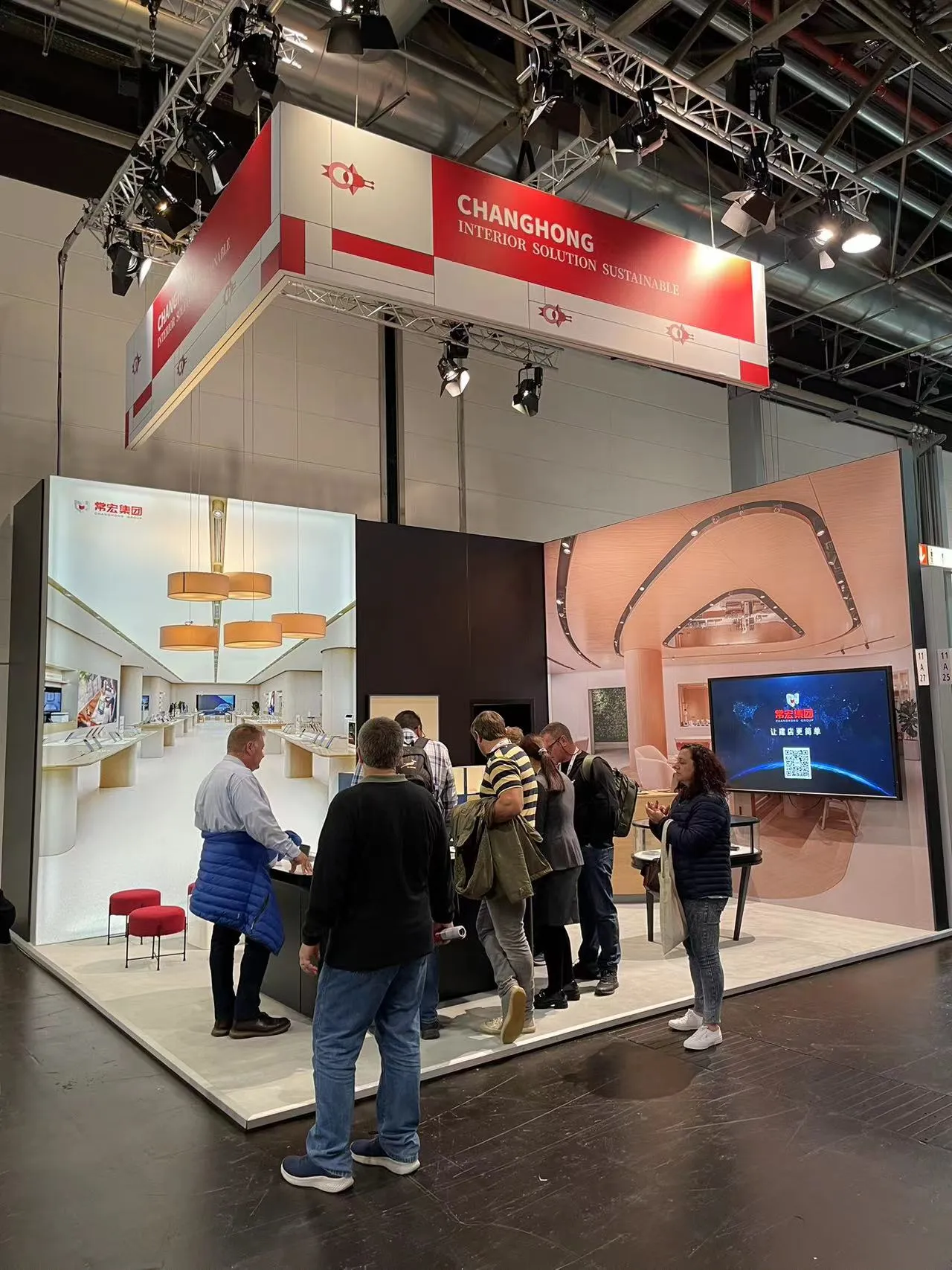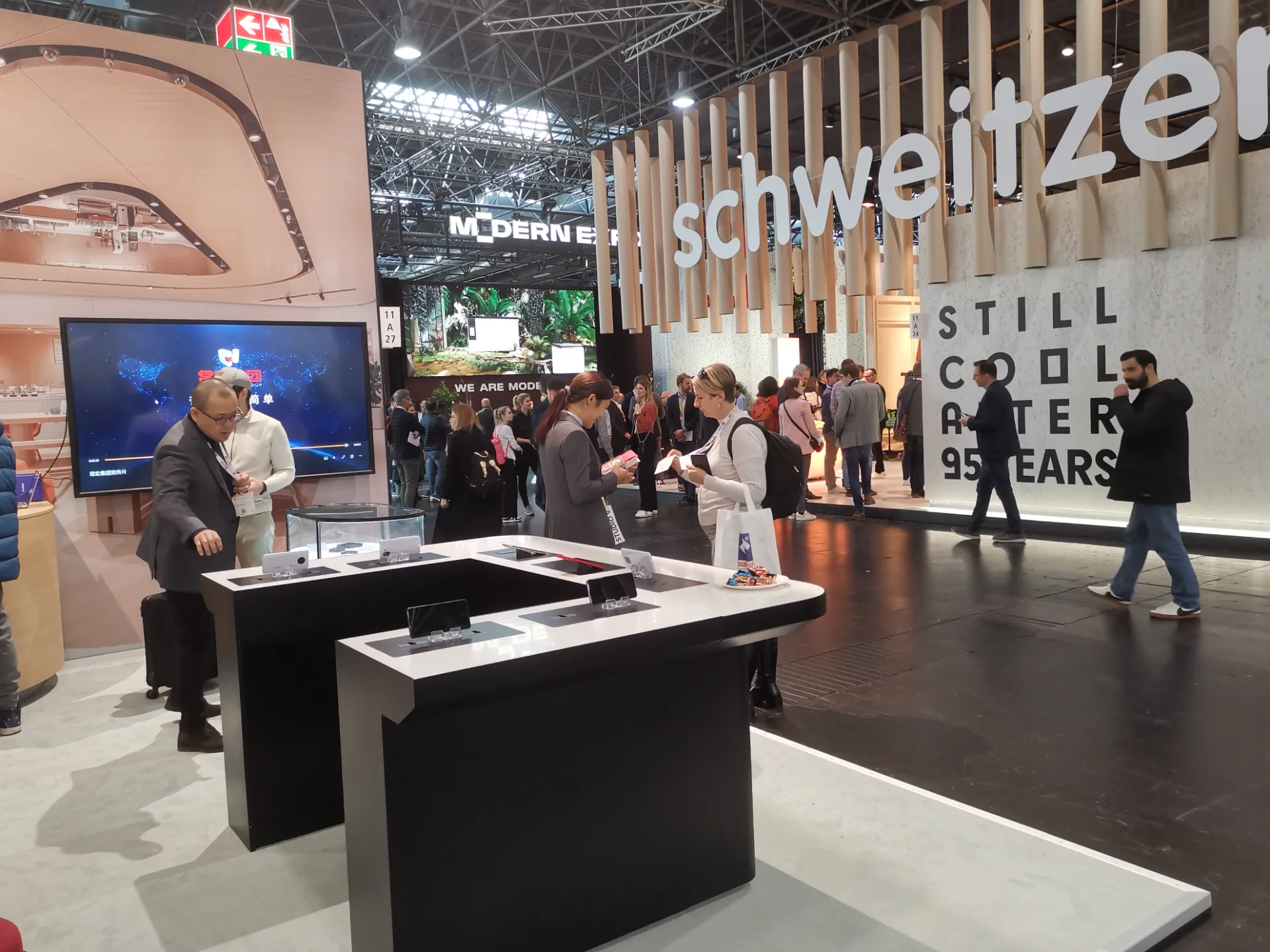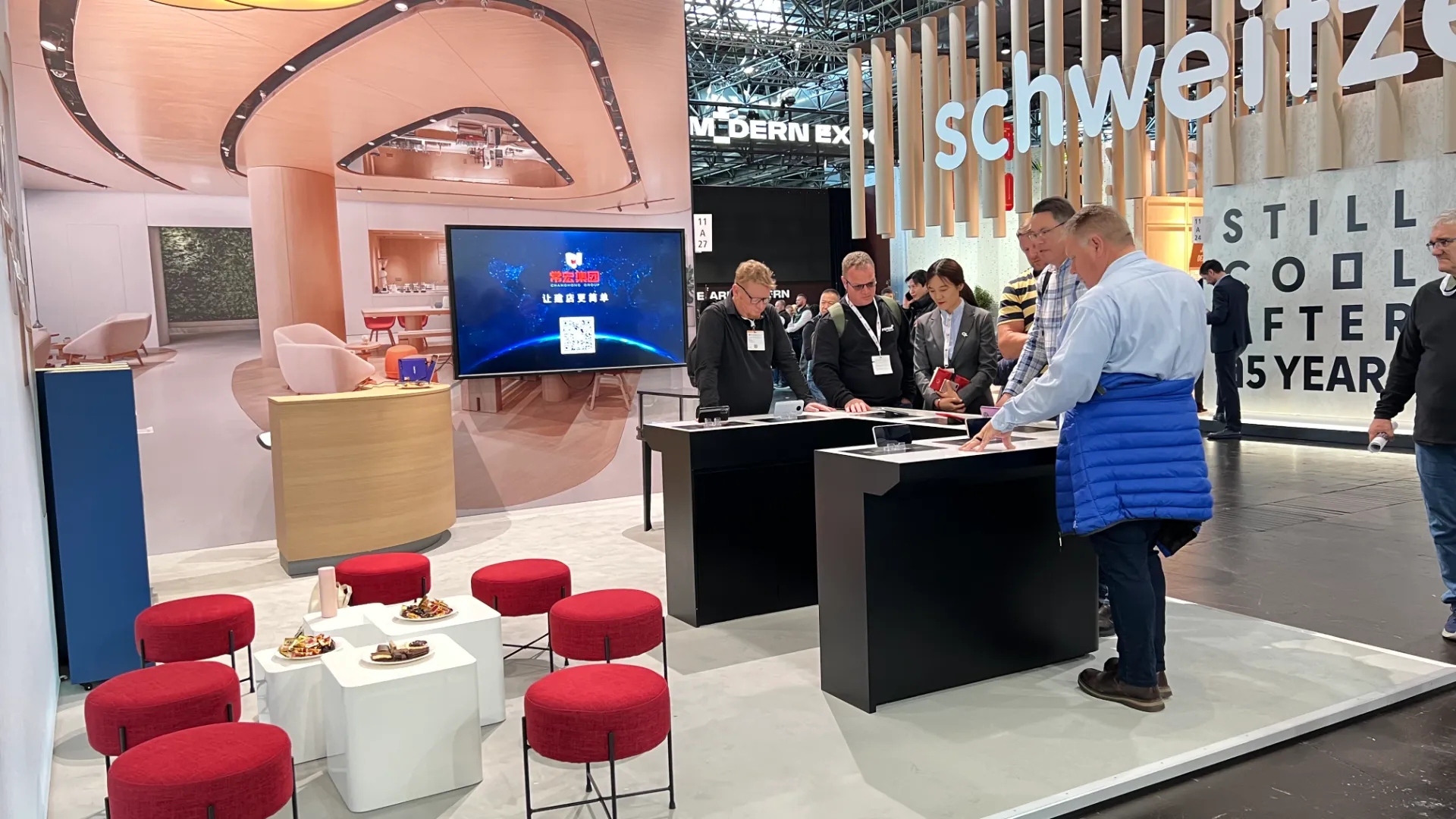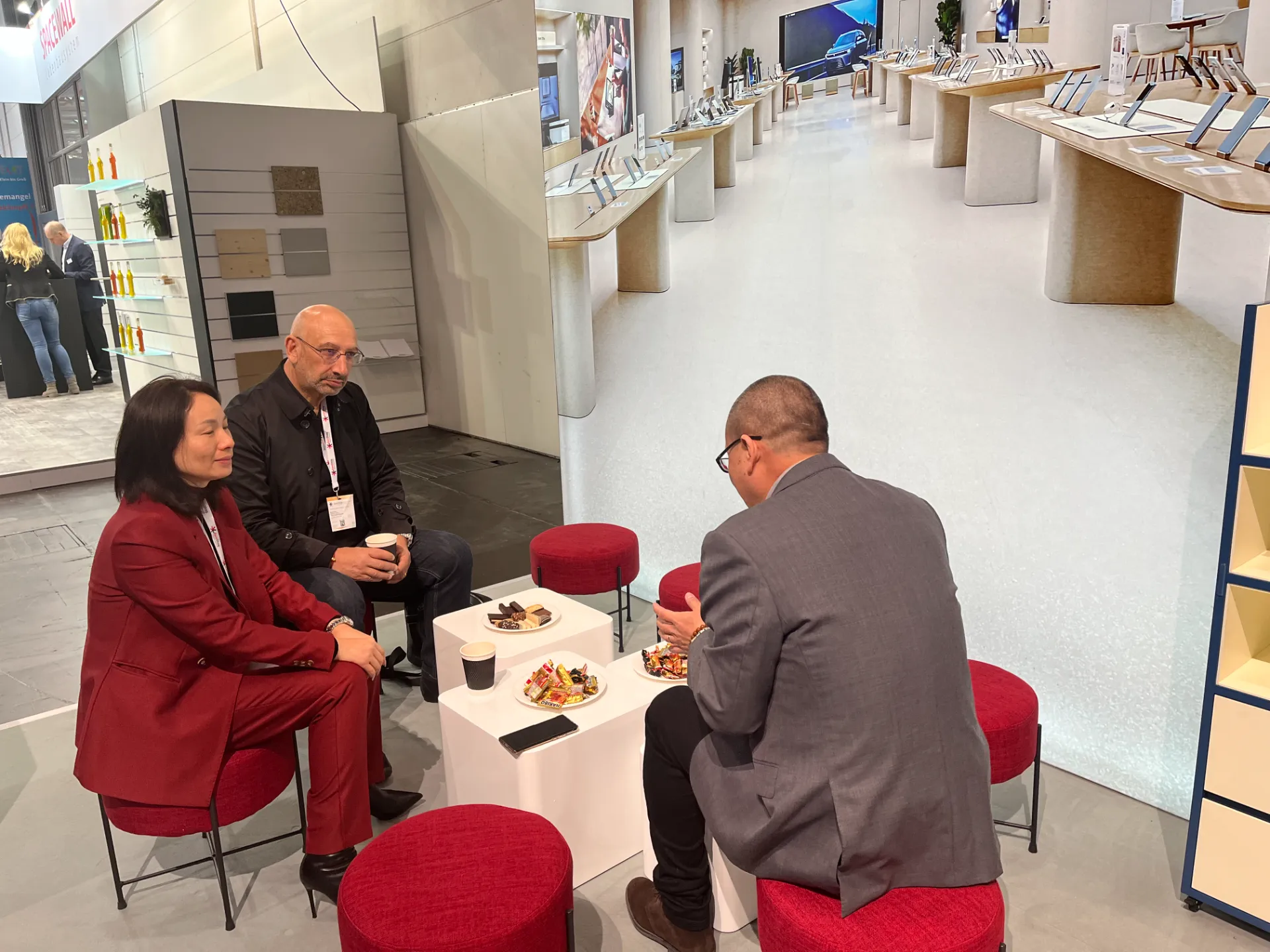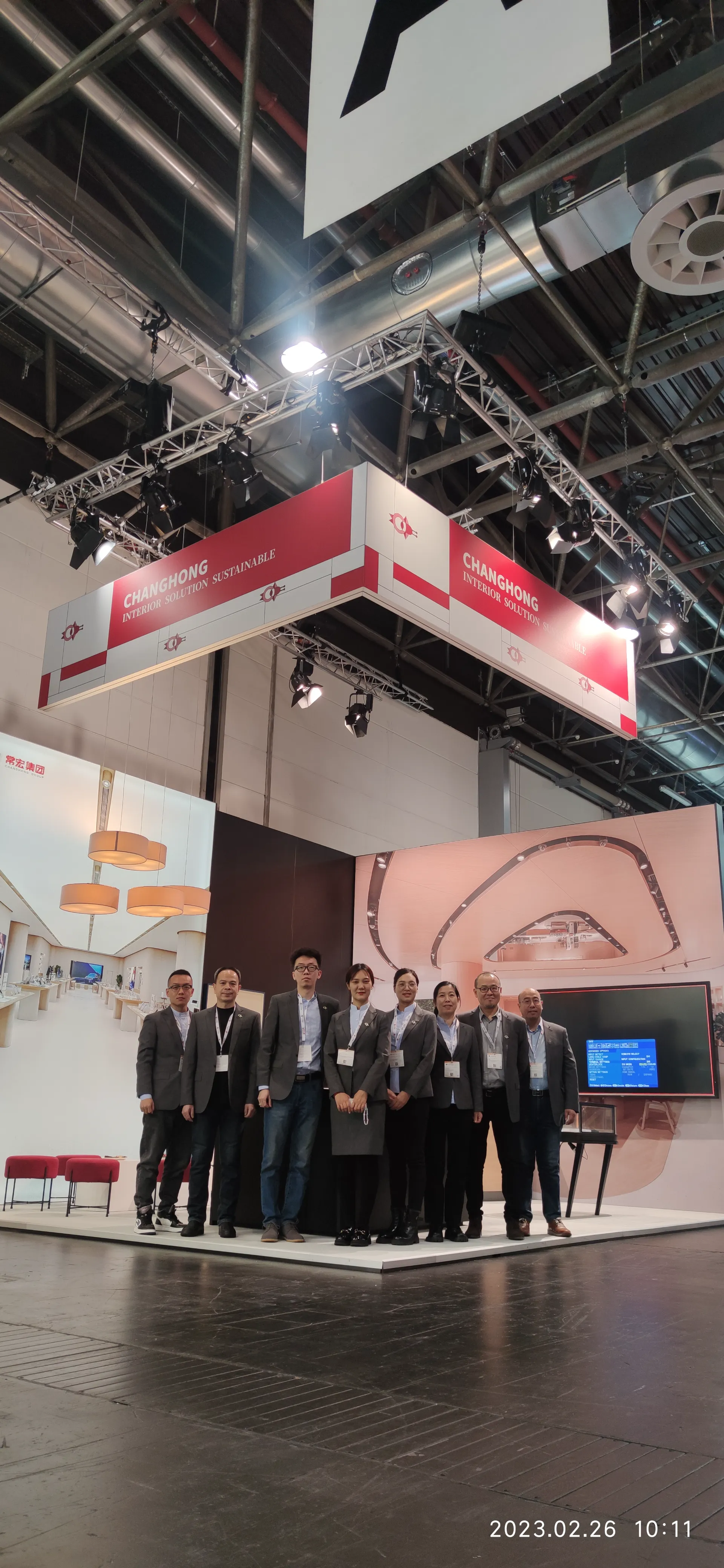Nov . 19, 2025 18:00 Back to list
Shop Fitting Furniture: Durable & Flexible Commercial Interiors Explained
Understanding Shop Fitting Furniture: Why It Matters Worldwide
Shop fitting furniture might not be a household phrase, but its global significance is quietly massive. At its core, it’s all about how commercial spaces become efficient, welcoming, and functional. Whether you’re wandering a bustling retail store in Tokyo or popping into a boutique in Paris, shop fitting furniture shapes your experience. It matters because the right fixtures don’t just hold products — they influence sales, brand perception, and even operational flow.
Moreover, in today’s fast-changing retail landscape, understanding these furniture solutions is key to adapting swiftly while keeping costs manageable. With globalization and an increasing push toward sustainable practices, these elements become pivotal.
Mini takeaway: Shop fitting furniture is where design meets practical performance, influencing global retail efficiency and customer satisfaction.
Setting the Stage: The Global Context of Shop Fitting Furniture
Retail is a cornerstone of worldwide economies — accounting for a hefty chunk of employment and GDP. According to the World Bank, retail trade as a percentage of GDP reached about 14% globally in recent years, underscoring its massive scale. Behind every successful retail operation lies a carefully considered shop layout, and this is where shop fitting furniture steps in.
However, the industry faces challenges, including growing demand for customization, environmentally friendly materials, and flexible design to accommodate omni-channel retailing. Not to mention the logistics of distributing these fittings worldwide — especially with rising costs and supply chain disruptions.
In fact, ISO standards increasingly regulate aspects of quality and safety in retail fixtures, prompting manufacturers and retailers worldwide to step up their game to meet these global benchmarks.
Mini takeaway: Globally, shop fitting furniture is a silent player in retail’s huge economic ecosystem, evolving to meet modern challenges of sustainability and agility.
What Exactly Is Shop Fitting Furniture?
At its most basic, shop fitting furniture refers to the range of specially designed fixtures, display units, shelving, counters, and seating that outfit retail spaces. It's the backbone of store interiors — designed not just to hold or display products but to create an environment that encourages customers to browse, engage, and buy.
In modern retail and commercial construction, this furniture ties into practical concerns too, like ease of installation, modularity, and adaptability — crucial for businesses needing quick updates or seasonal changes.
Interestingly, shop fitting furniture also parallels humanitarian and industrial needs where modular, durable, and transport-friendly furnishings are vital — for example, in temporary marketplaces or refugee camp setups where commercial activity must still happen efficiently.
Mini takeaway: Simply put, shop fitting furniture is the marriage of design and utility that transforms empty spaces into live, breathing retail environments.
Core Aspects of Shop Fitting Furniture
1. Durability
No one wants shelves collapsing mid-rush hour or counters that wear thin after a season. Durability is absolutely key. Materials like powder-coated steel, tempered glass, and high-density wood composites are common because they resist wear and tear — a must for constantly bustling environments.
2. Flexibility and Scalability
Retailers need to refresh store layouts more often than you might expect, driven by trends or practical requirements. Modular shop fitting furniture lets businesses scale up or down without a complete refit, making it extremely cost-effective.
3. Cost Efficiency
Beyond initial price tags, retailers must consider installation, maintenance, and long-term replacement costs. The smarter furniture trades durability for price and often comes with warranties or service plans.
4. Aesthetic Appeal
Let’s face it — form matters almost as much as function. The furniture has to reflect the brand’s identity, whether it’s sleek minimalism or vintage charm. This emotional connection influences customer loyalty.
5. Sustainability
The eco-angle is no longer optional. Many manufacturers prioritize recyclable materials and low-impact manufacturing processes to help retailers meet their green goals.
6. Technology Integration
With digital retail on the rise, fixtures now often incorporate charging ports, LED lighting, or interactive screens — bridging physical and digital customer experiences.
Mini takeaway: From durability to tech, shop fitting furniture balances practical demands with style and future-readiness.
How Shop Fitting Furniture Works Around the World
Shop fitting furniture isn’t one-size-fits-all. In Europe, there’s often a focus on artisanal quality and customization. Asian markets favor efficient, space-saving designs, sometimes using cutting-edge materials like bamboo composites. North American retailers increasingly demand modular, tech-integrated solutions that can shift with seasonal merchandising plans.
Specific sectors like supermarkets, high-end boutiques, or industrial supply stores all require tailored solutions. For example:
- Post-disaster relief markets: Portable, easy-to-assemble fittings help restore local commerce quickly.
- Developing economies: Durable, low-cost furnishings enable small entrepreneurs to set up shop with limited resources.
- Luxury brands: Custom fixtures using premium materials add exclusivity and experience.
Mini takeaway: The versatility of shop fitting furniture empowers diverse industries and geographies, adapting to local needs and global trends.
Why Investing in the Right Shop Fitting Furniture Pays Off
Well-made shop fitting furniture is more than aesthetics. It boosts efficiency by maximizing floor space and guiding customers effortlessly through displays. Logically, better layout means better sales.
From a sustainability lens, investing in quality reduces waste over time, aligning with growing consumer demands for environmentally responsible retail.
On the emotional side, a well-furnished store conveys professionalism and trust. Customers often associate neat, thoughtfully arranged interiors with better product quality and service.
Lastly, reliable shop fittings minimize downtime caused by repairs — a hidden but costly upside.
Mini takeaway: Smart shop furniture delivers measurable cost savings, customer appeal, and brand trust over time.
Looking Ahead: Innovations in Shop Fitting Furniture
The future here is fascinating. Emerging materials like mycelium-based boards or recycled ocean plastics promise green alternatives to traditional woods and metals. Meanwhile, automation is creeping in — imagine fixtures that adjust height or lighting automatically based on customer flow.
Digital integrations will deepen, with IoT sensors tracking product interaction or foot traffic. Virtual and augmented reality might soon enable stores to reconfigure layouts digitally before any physical assembly.
Policy trends pushing for circular economy models will boost suppliers committed to refurbishing and leasing rather than selling outright.
Mini takeaway: Technology and conscious materials will redefine shop fitting furniture, making it smarter and greener.
Common Challenges and How the Industry Tackles Them
One persistent challenge is balancing cost with quality and sustainability. Not every retailer can afford premium eco-friendly furniture, though demand is rising. Another issue: standardization versus customization — too much uniformity stifles brand uniqueness, yet bespoke solutions tend to cost more and take longer.
Logistics complexity adds another layer: shipping bulky fixtures globally is resource-intensive. Some manufacturers counter this by producing flat-pack modular furniture that can be easily shipped and assembled on site.
Experts suggest tighter collaboration between designers, manufacturers, and retailers early in the process to minimize mismatches and costs. Additionally, investment in supply chain transparency helps keep eco-goals realistic.
Mini takeaway: The path forward lies in smart design partnerships and material innovation to solve cost, uniqueness, and sustainability tensions.
FAQ: Practical Questions About Shop Fitting Furniture
- What materials are best for long-lasting shop fitting furniture?
- Materials like powder-coated steel, tempered glass, and treated wood composites offer durability and aesthetic appeal, making them ideal for retail environments with heavy foot traffic.
- How quickly can modular shop fitting furniture be installed?
- Modular furniture is designed for fast assembly, often taking just a few hours to a day depending on the size of the space, which minimizes store downtime during renovations.
- Is sustainable shop fitting furniture more expensive?
- Initially, yes—eco-friendly materials and manufacturing typically raise costs. However, these often pay off through durability and alignment with customer values, reducing replacement frequency.
- Can shop fitting furniture be customized for small boutiques?
- Absolutely. Many suppliers offer tailored modular designs that scale down without sacrificing style, perfect for smaller, unique retail spaces.
- What role does technology play in modern shop fitting furniture?
- Technology enables features like integrated lighting, charging stations, and interactive displays, enhancing customer engagement and data collection for retailers.
Wrapping Up: A Smart Investment for Tomorrow’s Retail
Shop fitting furniture might be overlooked in everyday chatter, but its role in shaping retail success and customer experience is undeniable. Thoughtfully designed and implemented furniture can boost your bottom line, reduce environmental impact, and enrich the in-store atmosphere.
If you’re considering refreshing your retail space or starting anew, explore the latest offerings and customizable solutions tailored for your needs. For more insight and solutions in shop fitting furniture, don’t hesitate to visit shop fitting furniture.
| Feature | Specification | Notes |
|---|---|---|
| Material | Powder-coated steel, MDF, tempered glass | Durability with aesthetic appeal |
| Dimensions (example shelf) | 1800mm (H) x 400mm (W) x 600mm (D) | Standard size for flexibility |
| Finish | Matte or gloss spray paint | Customizable colors |
| Installation Time | 2-4 hours per unit | Modular design enables quick setup |
| Weight Capacity | Up to 50kg per shelf | Suitable for bulk product displays |
| Vendor | Material Quality | Sustainability | Customization Options | Price Range | Delivery Time |
|---|---|---|---|---|---|
| StoreFit Pro | Premium steel & glass | High (recycled materials) | Extensive | $$$ | 3-4 weeks |
| RetailCraft | Medium-grade MDF & steel | Moderate | Moderate | $$ | 2-3 weeks |
| EcoShop Systems | Recycled plastics & bamboo | Very High | Good | $$$ | 4-5 weeks |
References:
-
Modern Shop Fittings: Enhancing Retail Spaces with Technology & Sustainability
NewsNov.21,2025
-
Essential Sweet Shop Fittings for Modern Retail Success – Durable, Stylish & Sustainable
NewsNov.20,2025
-
Average Shop Fitting Costs Explained: Global Insights & Practical Guide
NewsNov.20,2025
-
Shop Fitting Furniture: Durable & Flexible Commercial Interiors Explained
NewsNov.19,2025
-
Expert Convenience Store Shop Fitters: Design, Durability & Sustainability
NewsNov.19,2025
-
Shop Rack Fitting: The Backbone of Efficient Retail and Storage Solutions
NewsNov.18,2025




